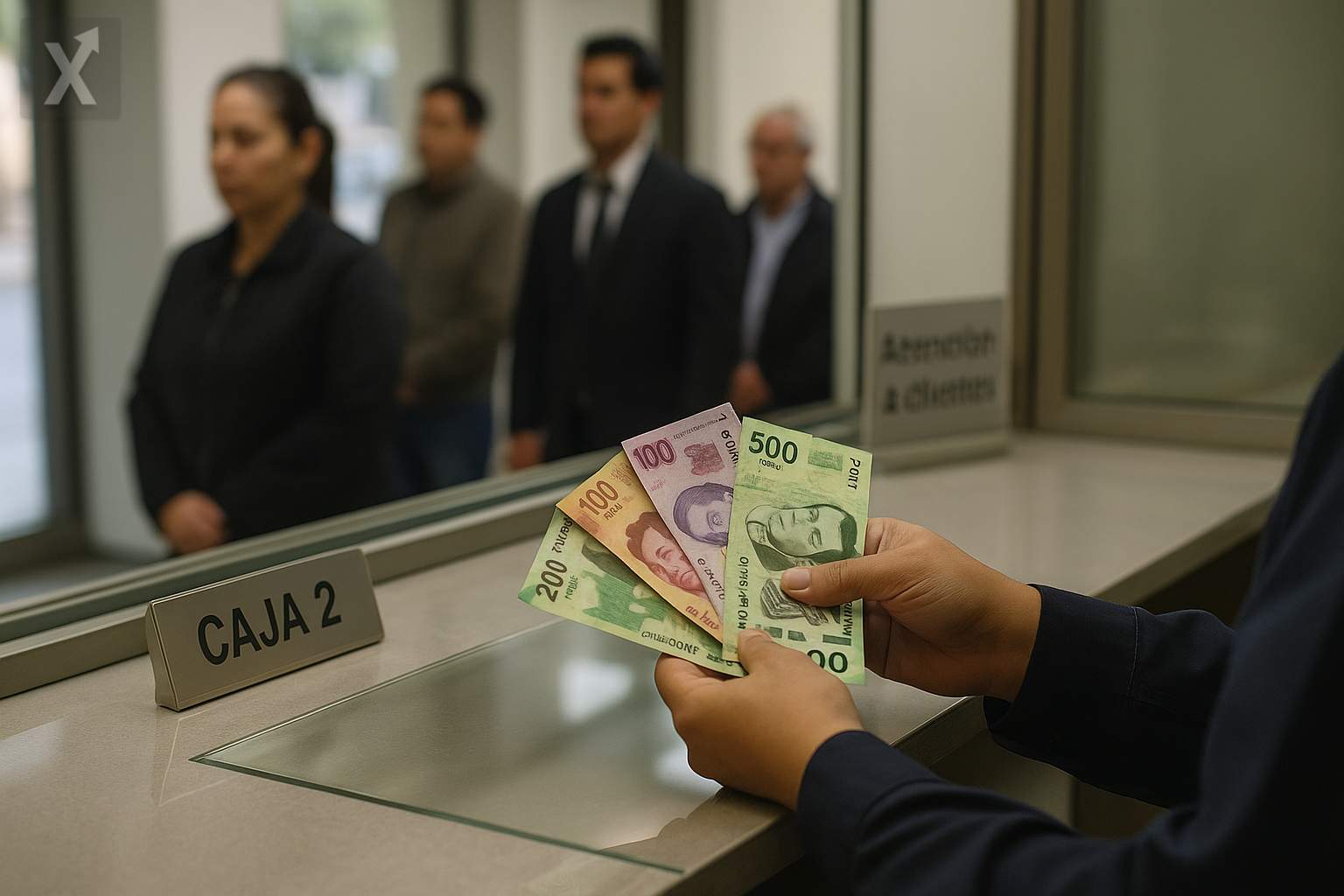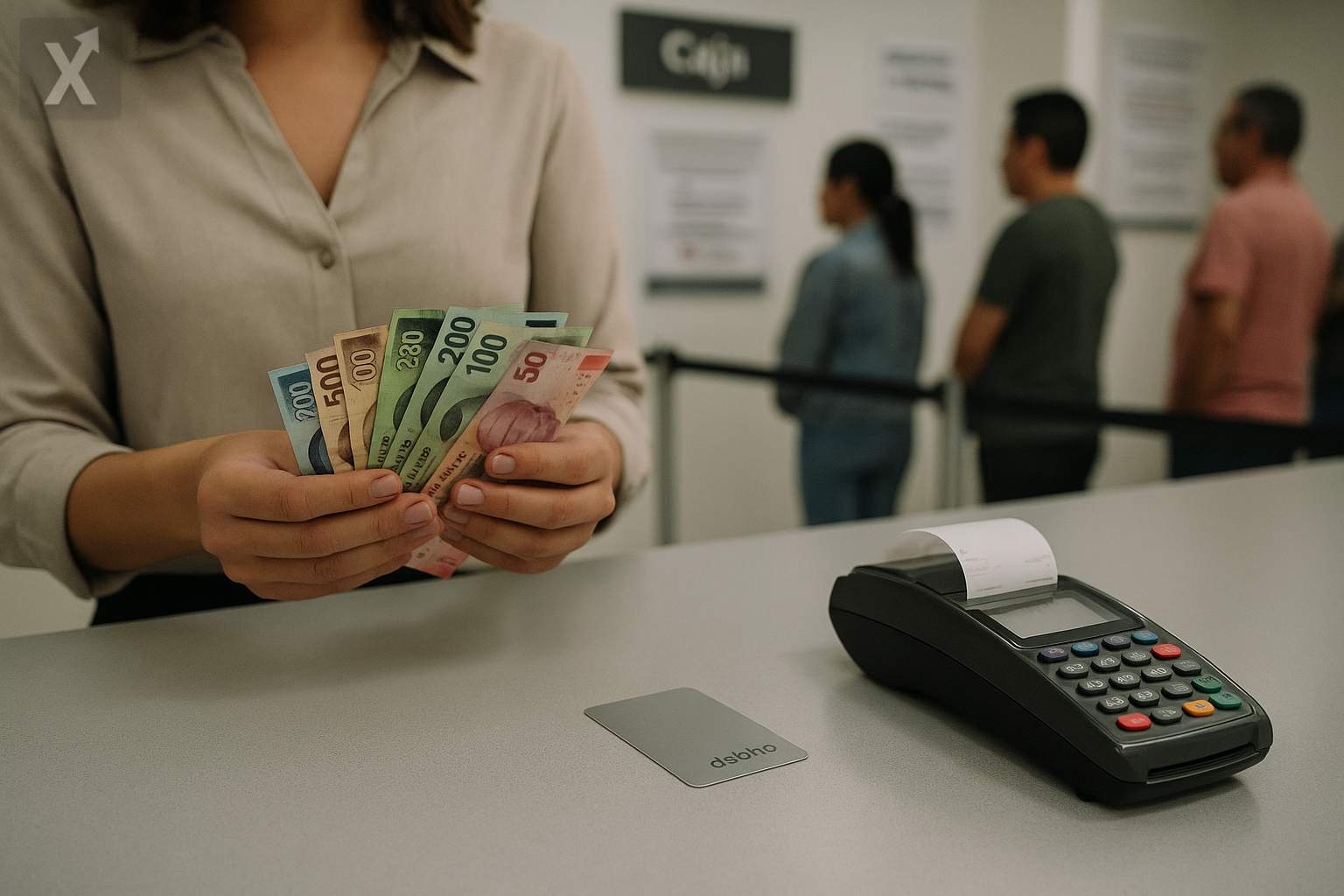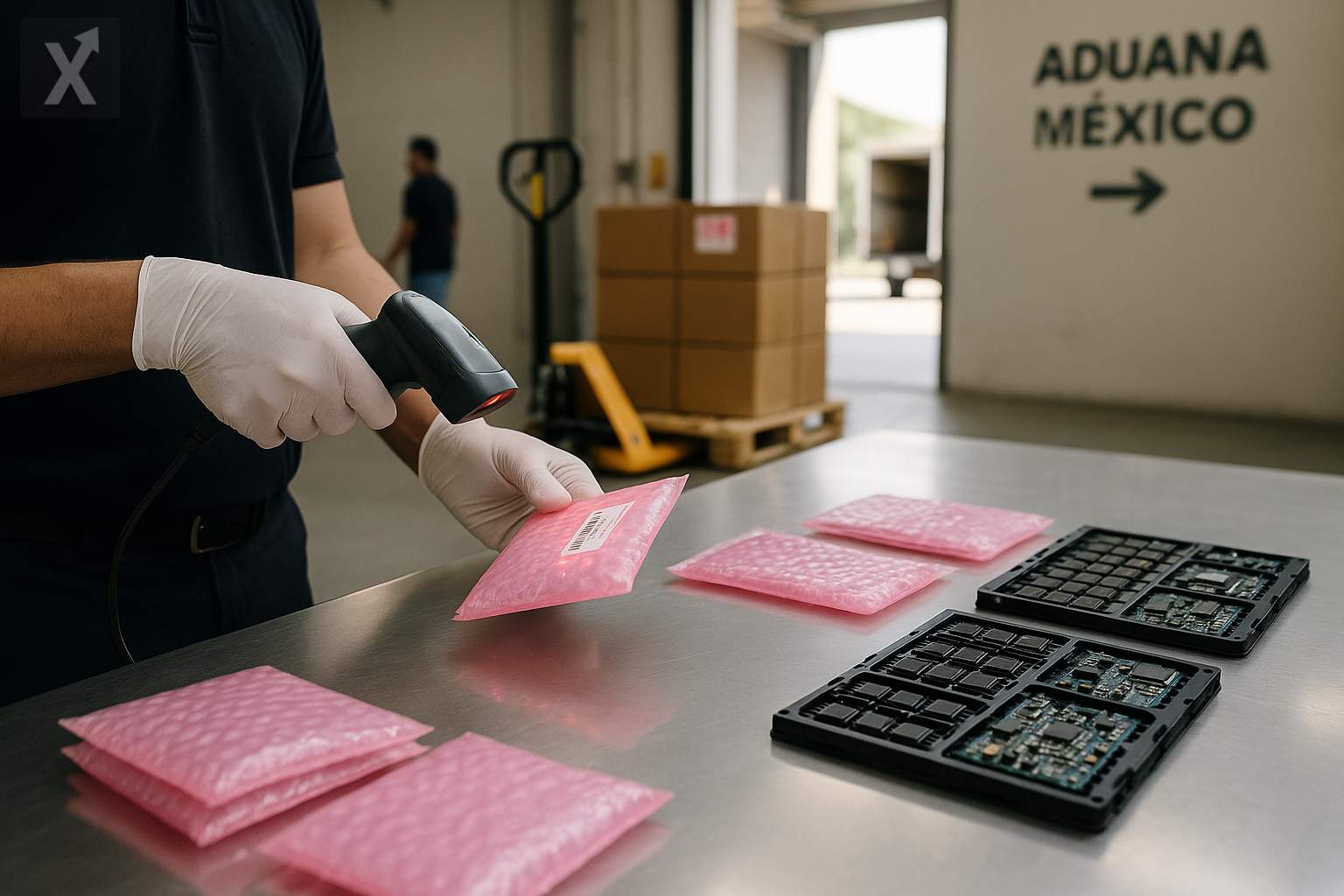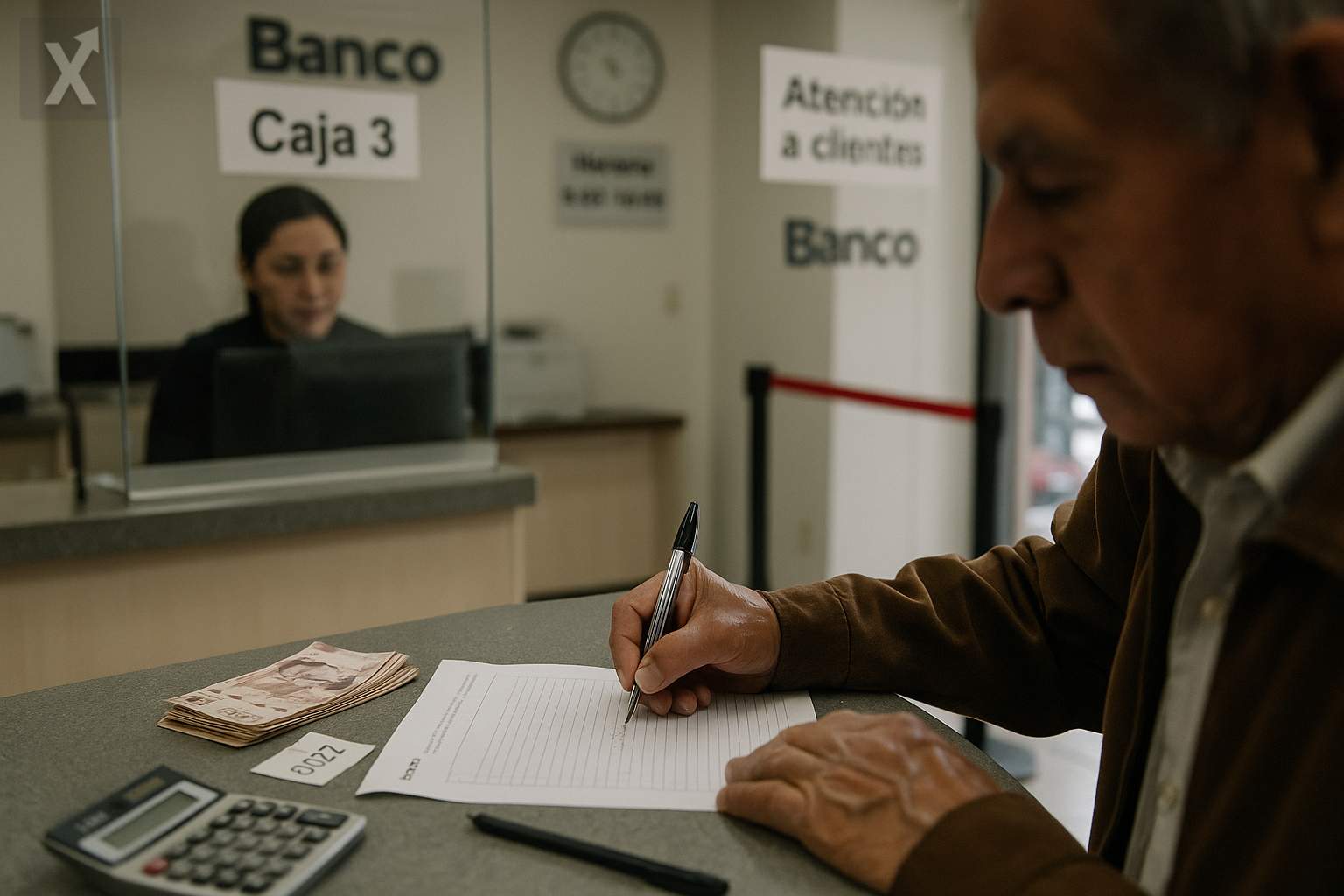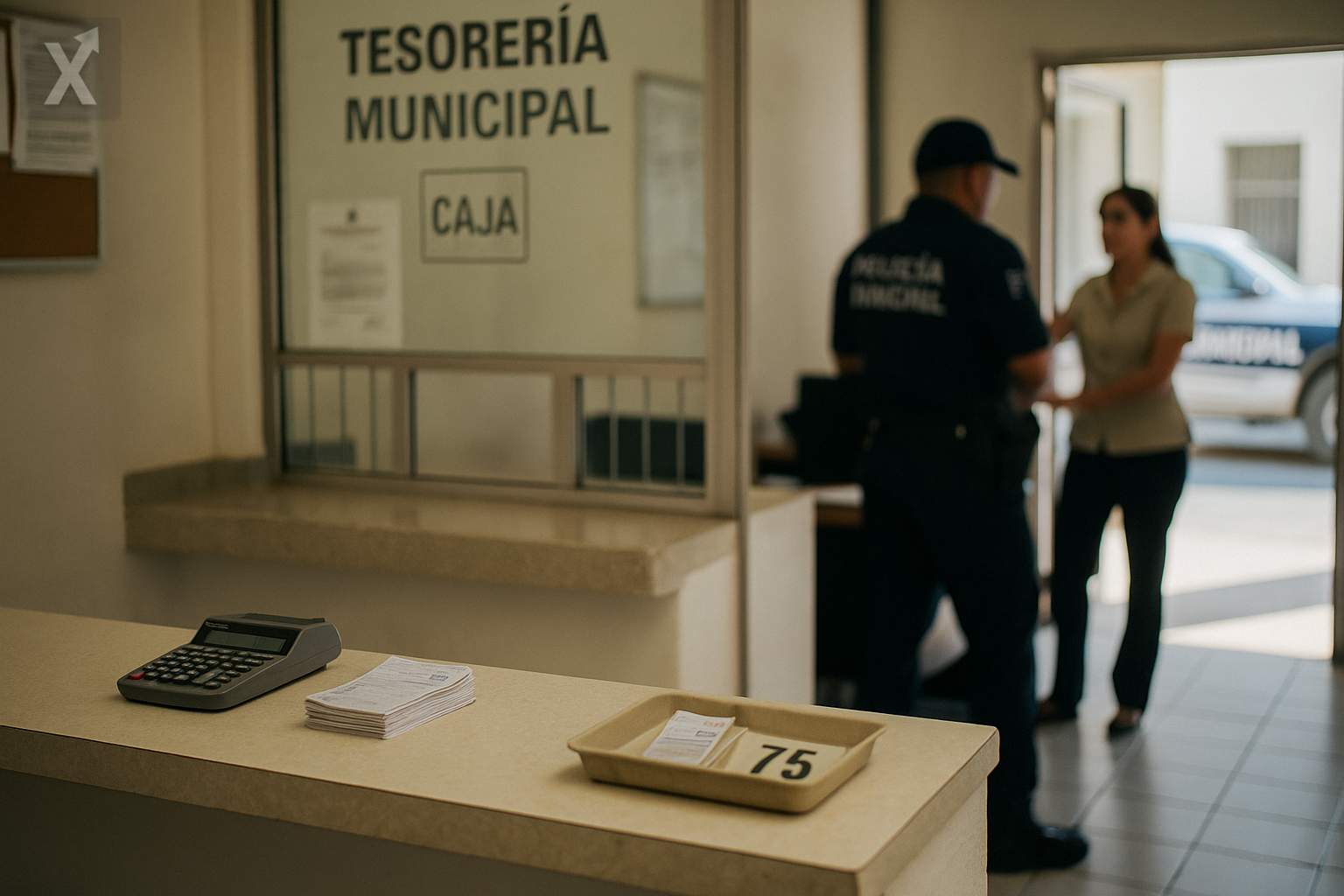Low-Income Households in Mexico Increase Their Income but Reduce Education Spending
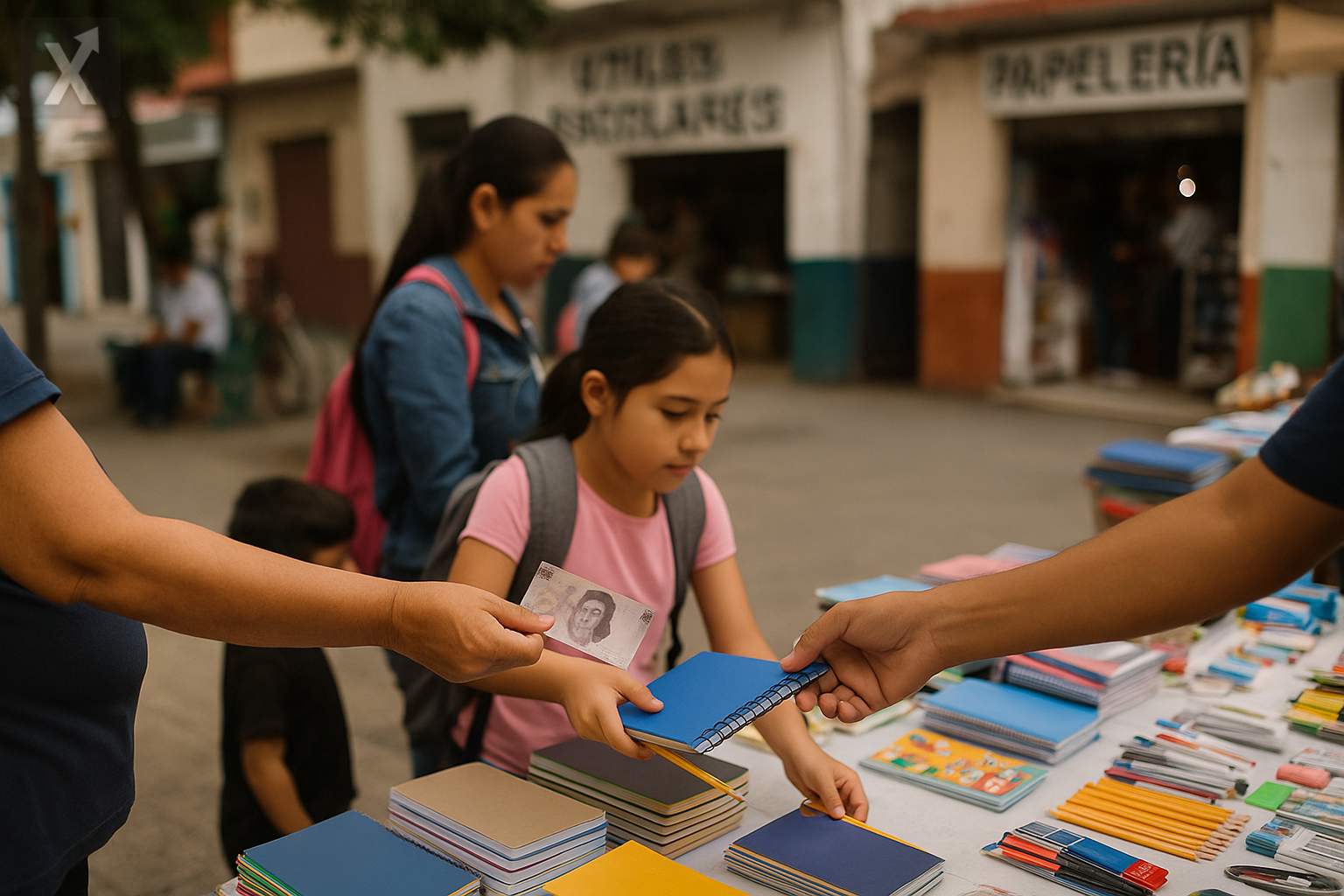
Between 2022 and 2024, Mexican households saw an average increase of 10.6% in their income, reaching as much as 36.4% for the most vulnerable segment of the population, according to the latest results from the National Survey of Household Income and Expenditures (ENIGH) 2024, published by INEGI. However, this income growth has not translated into higher investment in education among low-income households; on the contrary, the average quarterly spending on educational goods and services fell by 21% over the last eight years, dropping from 3,673 pesos in 2016 to 2,903 pesos in 2024.
Experts like Natalia Campos, coordinator of Society at the Mexican Institute for Competitiveness (IMCO), warn that education is increasingly becoming a consumer good primarily reserved for wealthier households. The ENIGH reveals a significant difference in spending distribution: while the top 10% of the population by income spends up to 20,376 pesos per quarter on education, households in the lowest decile can barely invest 2,888 pesos. Proportionally, wealthier households allocate 8.3% of their total spending to education, compared to just 2.6% among the poorest households. This gap is also seen in recreation and tourism activities, reflecting persistent inequality in access to opportunities for development and social mobility.
The current economic context forces many low-income families to prioritize essential goods. According to IMCO’s analysis, more than 50% of spending in the poorest households goes toward food and beverages. This is compounded by the continued rise in health expenditures: in 2024, the average Mexican household spent 1,605 pesos per quarter on healthcare, an 8% increase compared to 2022 and a real increase of over 40% compared to 2018, according to figures from México Evalúa. The insufficient coverage and quality of public healthcare services have led to more than one million Mexican households facing catastrophic health costs, consuming resources that might otherwise be dedicated to education or general well-being.
Moreover, while there has been an increase in the provision of educational scholarships, especially from federal and state programs, specialists point out that these transfers are not always conditioned on the purchase of educational materials or services, which dilutes their direct impact on improving family educational spending. At the same time, stagnation in public education spending worsens the situation: according to UNESCO estimates, the national education budget has fallen from 4.9% of GDP (17.9% of total government spending) in 2016, to just 3.2% of GDP—a little over 12% of total public spending—currently budgeted for 2025.
Outlooks for the Mexican economy suggest that while household incomes have improved, these gains are not sufficient to reverse structural patterns of inequality. Key medium-term challenges include strengthening public spending on education and health, improving the distribution and targeting of monetary transfers, and implementing policies that enable the most vulnerable families to invest in the training and development of their members, laying the groundwork for greater social mobility and inclusive growth.
In sum, while income indicators show progress, shifts in household spending reveal that significant barriers to equitable access to key goods and services, such as education and healthcare, persist. Without decisive corrective action in social and fiscal policy, inequality and low social mobility could become entrenched as major challenges for the country in the years ahead.
